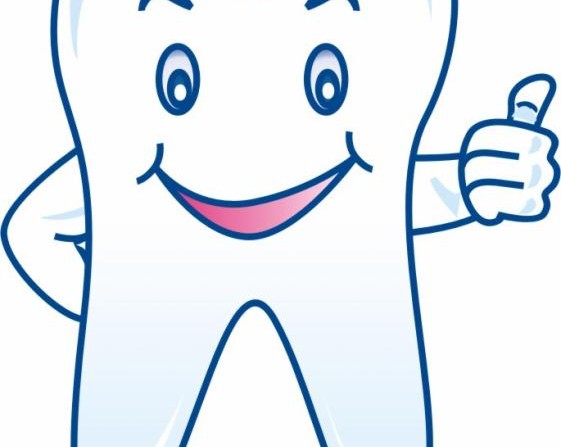Sounds like a stupid question right? Nobody asks that question about hearts and livers. However few of us are really acquainted with this part of our bodies. This is in-part because the dental or stomatognathic system works well with few disruptions for most of our lives. This reliability also leads to the cultural view of what happens when the system goes on the fritz. Dental pain is one of the most debilitating pains a human being can experience. Prior to modern times, tooth pain had been represented in poems stories, art, and sculpture. We do not see the same for hip or knee pain.
Lets get acquainted
Teeth are one of the most amazing parts of the human body. They are composed of 3 specific hard tissues, Enamel, dentin and cementum. These occur nowhere else in the body. Dentin and cementum are related to bone but have a higher proportion of hard stuff (calcium and phosphorus) compared to bone. Enamel on the other hand is nearly pure mineral. So much so that for years nobody could figure out how it actually was made. Recently it has been shown that enamel is actually the original Nano-tech material. Once again millennia ago biology figured out how to do something that we humans are just beginning to understand.
Teeth are constructed similar to the windshield on your car and much for the same purpose: to limit breakage. Enamel is very hard second only to diamond. The problem with hard things is they tend to be brittle. If teeth were made only of enamel they would shatter. The dentin is the plastic layer, which can absorb the impact from biting, protecting the enamel from breakage. Enamel and dentin when formed correctly are capable of providing a lifetime of function.’
In order to function, teeth have to be attached to the jawbone. Teeth are not fused to the bone. They sit in a ligamentous joint that acts as a shock absorber. These ligaments insert into a specialized layer of the jawbone called the cribiform plate or bundle bone. This bone only forms in response to tooth development. This structure including the root, ligaments and bone that supports the teeth is referred to as the periodontal ligament or PDL for short.
Dentin and enamel, being much harder than bone, do not provide an adequate surface for ligaments from the bone to attach to the root: enter cementum. This third hard tissue is a layer of bone like tissue fused to the dentin of the root that provides attachment for the periodontal ligaments that attach to the bone. Teeth are not fused to the bone. They sit in a ligamentous joint that acts as a shock absorber. These ligaments insert into a specialized layer of the jawbone called the cribiform plate or bundle bone. This bone only forms in response to tooth development. This structure including the root, ligaments and bone that supports the teeth is referred to as the periodontal ligament or PDL for short.
The pulp:
Our lives may have been easier if dental pulp tissue did not exist. Dental pulp, also called the dental nerve is actually a neurovascular bundle consisting of and arteriole, vein and nerve tissue. This structure is left over from tooth development. This tissue supplies blood to the cells responsible for supplying nutrients and oxygen to the cells that produce the dentin. This process continues at a slow rate throughout our lives. The dental nerve actually serve a purpose in that it helps us sense how hard we are biting. This is one of the reasons why teeth lacking a living nerve are more likely to break.
The downside of having this nerve tissue inside teeth is pain. Unfortunately the only type of nerve receptor in the pulp are for pain. Not only are they pain nerves but they are slow reacting fibers. This means that it takes a lot of stimulation to get them to send messages but once they start they keep going which is the aspect that lends the special character to dental pain.
The Jaw bones
The jaw bones and other facial bones as well differ form the rest of the bones in the body.



